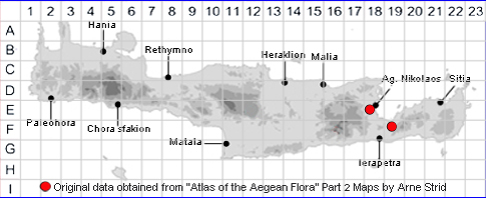SPECIES DESCRIPTION
AMARANTHUS QUITENSIS
Family and Genus:- See- AMARANTHACEAE
Common Names:- Mucronate amaranth
Homotypic Synonyms:- Amaranthus hybridus subsp. quitensis
Meaning:- Amaranthus (Gr) Unfading, reference to the everlasting flowers.
Quitensis (L) From Quito, Ecuador.
General description:- Erect annual.
Stems:-
1) 30-100 cm. sparsely pubescent to almost glabrous.
Leaves:-
1) 3-8 cm. long-petiolate, rhombic-ovate.
Flowers:-
1) Inflorescence, green with a pale brownish glistening sheen of the male flowers.
b) terminal spike often not distinctly longer than the usually numerous, patent-
spreading, dense-flowered lateral branches.
2) Bracteoles, thin c. 3-4 mm. 1.2-1.5 times as long as the flowers, narrowly
lanceolate to nearly acicular
3) Perianth segments, 5, c. 2 mm. lanceolate-oblong, inner ones distinctly obtuse
to narrowly spathulate, with a green midrib continued into an aptical mucro.
Fruit:-
1) Capsule, somewhat shorter than or equalling the perianth, weakly wrinkled.
splitting transversely.
2) Seed, c. 1 mm. black.
Key features:-
1) Inflorescence not pendent, pale brownish-green, usually with many lateral, patent
branches.
2) Perianth segments not overlapping.
Habitat:- Fields, vegetable gardens and ruderal habitats, mainly in coastal areas. 0-
250 m.
Distribution:- Scattered and fairly rare in Greece. Native of South America.
becoming naturalised in the Mediterranean. On Crete currently known from only two
locations in the east.
Flowering time:- May-Nov
Photos by:- An Other

